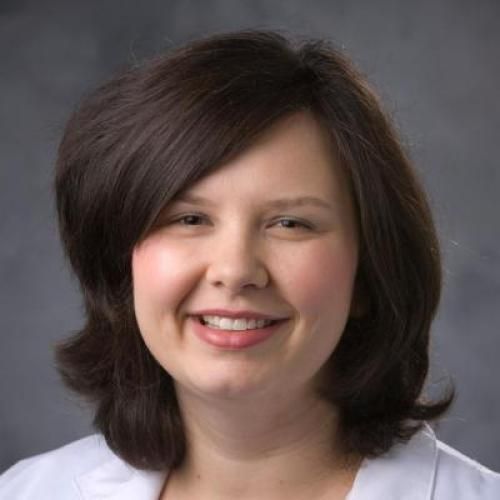Molecular detection of circulating Sezary cells in patients with mycosis fungoides: could it predict future development of secondary Sezary syndrome? A single-institution experience.
While the majority of patients with early-stage mycosis fungoides (MF) have an excellent prognosis, a few cases progress to secondary Sezary syndrome (sSS), which carries a dismal clinical outcome. We retrospectively analyzed 135 cases of MF/SS and correlated molecular detection of T-cell clones in the skin and blood with other clinicopathologic findings. When stratified by the diagnoses, patients with MF demonstrated a 26.5% (31/117) positive rate for a blood T-cell clone, of which 50% (10/20) had an identical T-cell clone in the skin. Follow-up evaluation showed conversion into sSS or leukemic phase in 50% (5/10) of cases with a positive blood T-cell clone (estimated mean interval 41.8 months) in comparison to no cases in the group without a clone (0/31). Interestingly, 4/5 cases of sSS had an identical T-cell clone in the skin, while the remaining case did not have the test performed on skin for clonal comparison. Kaplan-Meier survival analysis demonstrated a poor clinical outcome in the group with a blood T-cell clone, in comparison with the group without, in overall survival (p < 0.0001) and progression-free survival (p < 0.0001; HR = 22.6). These findings suggest that molecular detection of a blood T-cell clone may have a role in predicting sSS. Due to amplification of non-neoplastic T-cell expansion in a significant number of cases, comparison of blood T-cell clones with skin may have confirmatory value.
Duke Scholars
Published In
DOI
EISSN
Publication Date
Volume
Issue
Start / End Page
Location
Related Subject Headings
- Young Adult
- Survival Analysis
- Sezary Syndrome
- Retrospective Studies
- Predictive Value of Tests
- Neoplastic Cells, Circulating
- Neoplasms, Second Primary
- Mycosis Fungoides
- Middle Aged
- Male
Citation
Published In
DOI
EISSN
Publication Date
Volume
Issue
Start / End Page
Location
Related Subject Headings
- Young Adult
- Survival Analysis
- Sezary Syndrome
- Retrospective Studies
- Predictive Value of Tests
- Neoplastic Cells, Circulating
- Neoplasms, Second Primary
- Mycosis Fungoides
- Middle Aged
- Male


